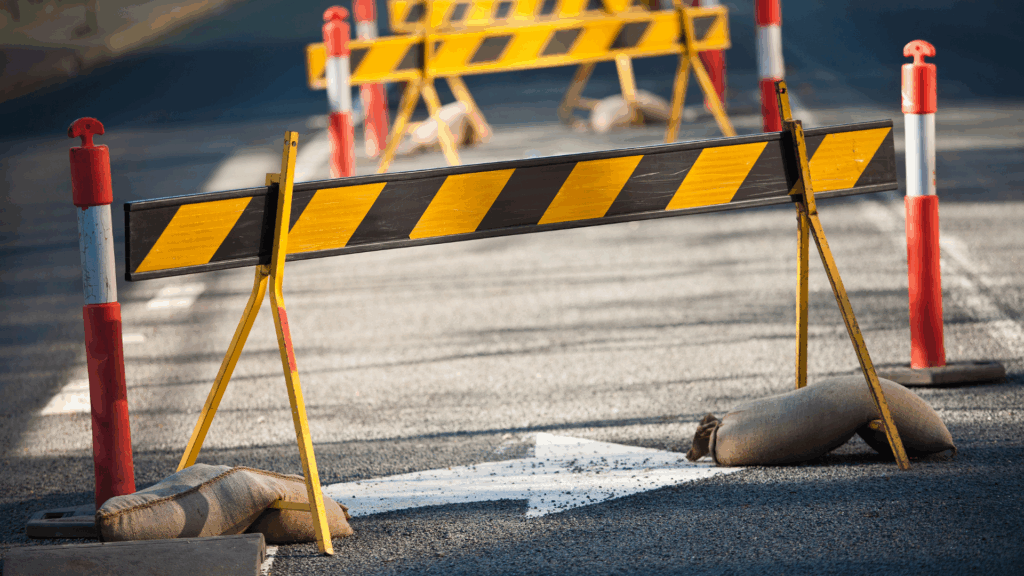Imagine walking into a workplace where people feel anxious, silenced, or wary of one another. Collaboration slows. Creativity wanes. Absenteeism creeps up. Resignations start to pile in.
What you’re witnessing isn’t just poor culture—it’s a breach of psychosocial safety.
For leaders navigating an increasingly complex and people-focused workplace, this concept has never been more important. And yet, while organisations rush to implement wellness programs, leadership coaching, or team-building days, many overlook the engine room of psychosocial safety: how you manage conflict.

What is Psychosocial Safety—and Why Does It Matter?
Psychosocial safety refers to the degree to which employees feel psychologically secure and socially supported in their work environment. It includes feeling:
Safe to speak up without fear of humiliation or retaliation
Respected and treated fairly, regardless of role or identity
Supported when facing interpersonal issues or mental health challenges
Safe Work Australia defines psychosocial hazards as anything that could cause psychological harm in the workplace—bullying, harassment, low job control, unrealistic expectations, exclusion, or unresolved conflict among them.
From October 2022, many Australian jurisdictions introduced positive duties on employers to proactively manage these hazards—not just react after harm has occurred. That means HR and senior leaders must not only respond to conflict—they need to anticipate and prevent its harmful effects.

The Missing Piece: Conflict Management Systems
It’s easy to think about conflict as something to avoid, suppress, or quickly “fix.” But in reality, conflict is a normal part of workplace life—especially in environments where people care about their work, hold diverse perspectives, and operate under pressure.
The problem isn’t conflict itself—it’s what happens when people don’t know how to handle it, or when organisations lack clear, supportive systems to manage it well.
Poorly managed conflict is one of the most common drivers of:
Mental health issues at work
Formal complaints and legal disputes
Costly staff turnover
Toxic workplace cultures
Reputational risk
Conversely, workplaces with robust conflict management systems are more resilient, adaptive, and innovative. Teams work through tensions constructively. Employees feel heard. Leaders intervene early. HR isn’t buried in grievances.

What Does a Good Conflict Management System Look Like?
Let’s move beyond “open door policies” and tick-box investigations. A genuinely effective system includes:
1. A Clear Conflict Management Framework
This includes:
Defined pathways for raising concerns (informally and formally)
Clarity on roles and responsibilities (What should a team leader handle? When does HR get involved?)
Options that prioritise early resolution, such as mediation or facilitated conversations
It’s not enough to have a complaints process. People need psychologically safe alternatives to escalation.
2. Trained and Supported Leaders
Frontline and middle managers are often the first to spot early signs of conflict—but few have been trained in how to respond well.
Without support, they may:
Avoid the issue entirely
Act defensively or with bias
Escalate too quickly—or too late
Equipping leaders with conflict capability is one of the most cost-effective investments you can make. It includes skills like:
Managing difficult conversations
Identifying psychosocial risks early
Engaging neutrally and respectfully under pressure
3. Access to Skilled Internal or External Practitioners
Sometimes, conflict needs a neutral third party to help people speak honestly, listen deeply, and move forward. This might include:
Professional mediators
Trained internal facilitators
External workplace resolution specialists
Crucially, these practitioners should understand not just process—but the human dynamics of trust, fear, shame, and power that often underlie workplace tensions.
4. A Culture That Sees Conflict as Opportunity
Perhaps the most transformative shift is cultural: from seeing conflict as dangerous and shameful, to seeing it as a source of insight and growth.
In a conflict-literate organisation:
People raise concerns early—without blame or defensiveness
Disagreements are expected and respected
Resolution is collaborative, not punitive
Leaders model transparency, empathy, and humility
Creating that culture requires ongoing attention, not a one-off workshop or policy document.

Psychosocial Safety and Conflict: A Two-Way Relationship
Let’s be clear: good conflict management protects psychosocial safety—and a safe psychosocial environment makes good conflict management possible.
When people don’t feel safe, they don’t raise concerns.
When concerns aren’t raised, they fester.
When they fester, they explode.
It’s a vicious cycle—but it can be reversed. When leaders proactively manage psychosocial risks and provide clear, fair ways to address interpersonal issues, employees learn that their wellbeing matters. That it’s safe to speak up. That they’re not alone when things get hard.

Leadership’s Role: From Risk Management to Culture Shaping
Senior leaders and HR professionals are in a pivotal position. Here’s what you can do:
1. Build Conflict Capability at All Levels
Invest in training not just for HR, but for all leaders. Make conflict resolution part of leadership development—not just compliance.
2. Align Policies with Practice
Review your workplace conduct, grievance, and complaints policies. Do they reflect best-practice conflict resolution principles? Are they trauma-informed, culturally responsive, and accessible?
3. Create Safe Pathways for Speaking Up
Ensure your employees know where to go, what to expect, and that they’ll be treated with respect and discretion—especially in sensitive matters.
4. Partner with Experts
Work with professionals who understand both conflict and psychosocial safety. Bring in skilled mediators or coaches when needed, and don’t expect internal teams to carry everything.
5. Lead by Example
How do your senior executives handle disagreement? What messages do staff receive from your body language, silence, or storytelling? Culture is shaped in moments of conflict.

A Final Thought: Conflict is Inevitable—Suffering Is Not
Conflict is part of any human system. It’s how we handle it that determines whether it becomes a source of harm or a catalyst for change.
Psychosocial safety doesn’t require a conflict-free workplace—it requires a conflict-capable one.
If you want a healthy, high-performing organisation, don’t just ask how people get along—ask what happens when they don’t.
And then make sure the answer is: we know how to deal with it well.
Interested in assessing the conflict capability of your organisation? Or equipping your leaders with practical tools for managing psychosocial risks?
Check out our Conflict Management for Leaders flexible online self-paced course. It includes modules on understanding workplace conflict and conflict dynamics, how conflict plays out in the modern workplace, topical examples of workplace conflict (including bullying, performance management and social media), processes for managing workplace conflict, and the attributes of a conflict competent leader.
Find out more and register here: https://conflictmanagementacademy.com/cml

